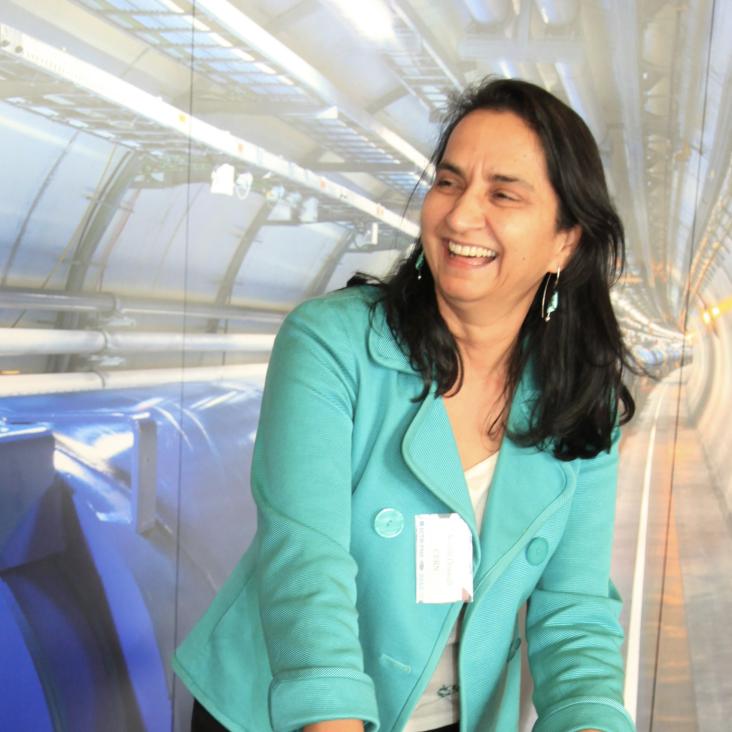TIGRE: a MATLAB-GPU toolbox for CBCT image reconstruction
Biomedical Physics & Engineering Express IOP Publishing 2:5 (2016) 055010
Monte Carlo Calculations Supporting Patient Plan Verification in Proton Therapy
Frontiers in Oncology Frontiers 6 (2016) 62
Medical Applications at CERN and the ENLIGHT Network
Frontiers in Oncology Frontiers 6 (2016) 9
Introduction to the EC’s Marie Curie Initial Training Network Project: The European Training Network in Digital Medical Imaging for Radiotherapy (ENTERVISION)
Frontiers in Oncology Frontiers 5 (2015) 265
ENLIGHT and LEIR biomedical facility
Physica Medica Elsevier 30:5 (2014) 544-550


